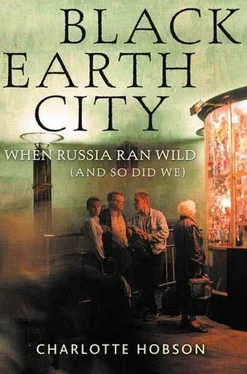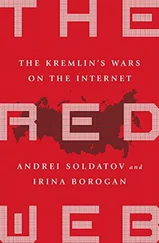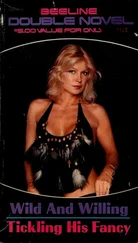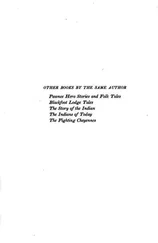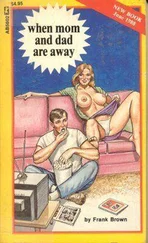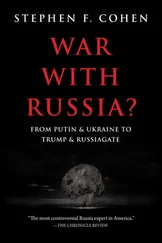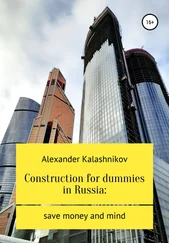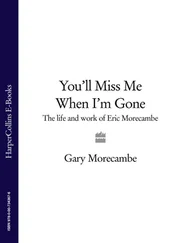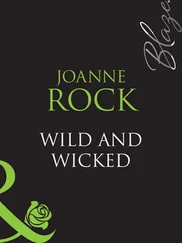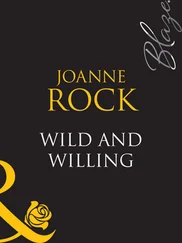4. Lawful activities do not make money, thus the simple equation: a successful person is a criminal.
5. In all, rely on dollars. Not the state, employers, friends, lovers. Dollars are the only real certainty.
The first time I had changed money in Voronezh, back in September, the exchange gave me several packs of new-issue twenty-five-ruble notes, purplish mauve with the curvy, curly lettering usually seen on circus posters. There were then thirty-nine rubles to the dollar. The money came to us bound in wads of a hundred; Emily and I broke one open, took half each, and went to the market.
Some of the prices in the shops were still fixed at the old official exchange rate—one ruble to $1.50—not essentials, but goods that had been manufactured under the Soviet system and sold slowly: a pair of ice skates for forty-two rubles, for example, a cheese grater for six. The sense of how much a currency is worth does not disappear instantly: in the public perception, at least, one ruble was still worth something. It would buy you a meal, or no less than twenty rides on the Moscow subway. The average monthly pension, after all, was forty-two rubles. Imagine this hapless foreigner asking for six apples, and pulling out of her pocket a whole stack of huge, spanking-new twenty-five-ruble notes. The stall owner looked at me with a sort of horror, and shook her head.
“Impossible! I haven’t change for that sort of money.” She shoved an apple into my hands and said, “ Vozmi, i vita-miniziruisya! Take this and vitaminize yourself!” And she turned to bawl at her scrawny little husband, for no reason other than the trick that was being played with her livelihood.
Some trade was still controlled by the central planners. I imagined them up in Moscow, totting up rows of figures on an abacus. “So…” they’d say, jotting something down. “One rubber boot costs ten rubles and seventy kopecks, and a pair for twenty-one rubles forty.” The fixed prices were like that, precise to the last kopeck. Forty-three rubles and twelve kopecks for a saucepan, one hundred and eight rubles and nineteen kopecks for a plane ticket. A marketing manager would have blanched; the thought cheered me as I searched for change with numb fingers and the lines buckled and muttered behind me. There was usually a brass dish beside the cash register to receive the money, and the shop assistants had a way of tapping on it and breathing heavily through their noses that was guaranteed to make you scatter your coins on the floor.
In Soviet times, the fixed price for a piece of bread in a café was one kopeck, and a glass of tea, I believe, cost three. Anywhere in the Union you could be sure of a modest snack for ten kopecks; that hadn’t changed since the war. That winter, the kopeck quietly vanished from circulation. Once we reached a hundred rubles or so to the dollar, there was no point. The only coins that remained, and in fact rose in value with inflation, were the dvushki , two-kopeck pieces, which you needed for public telephones. Enterprising babushkas sold stacks of them outside the central post office: ten two-kopeck pieces for twenty rubles.
As Christmas approached , a vivid green note began to circulate, the color of birch leaves as they push their way out of the bud. It was worth a hundred rubles. The girl at the exchange could not help shaking her head as she counted them out to me, now two for each tatty dollar. Mitya and I decided to eat—I was feeling as though the ground was far away, as though the notes stuffed in my pockets made me lighter, more buoyant.
The nearest shop was the Gastronom by the station, a dirty place where we had once seen a rat running along the eye-level shelves behind the shop assistant’s head. Usually there was a bustle of housewives, alcoholics cringing at the vodka counter, the ordinary crowd. That day the place was empty, apart from a single assistant who was humming in the corner. Her voice echoed tunelessly in the huge, columned hall. Not only were there no customers. The shelves, yards and yards of them looping gracefully along the curving wall, were bare. In one counter there was a display of bread made of plaster; the bread racks behind stood unused. I fingered the crisp birch-leaf notes in my pocket and shivered.
The assistant called us over. “The only products we have today are these,” she told us, and waved at the shelves behind her. There was a row of green and silver bottles.
Champagne, from the Moscow champagne factory— sek or demi-sek (as we say in Russian). Either one cost the same: a little more than a dollar.
“It was meant to be here for New Year’s,” the assistant said nonchalantly. “Just arrived last week. And chocolate bars, if you want. Not cheap, though.”
Beneath the champagne lay a pile of familiar black-and-red wrappers: Mars bars.
Mitya and I sat on a bench outside the shop and started in. It’s interesting how champagne consumed of necessity has a different effect. No aristocratic jollity for us. We were drunk, of course, but it was a sober drunkenness, a light-headed, yet solemn state.
“So we’ll live on champagne and chocolate alone,” said Mitya.
“Better than the French Revolution,” I agreed, beginning to nod and then deciding against it.
The bubbles ran to my head, and it was not long before I was feeling so buoyant that I had to hold on to the seat with both hands.
The Uvarovs had the first five-hundred-ruble note that I came across. It was larger than the one-hundred, with the swirly writing this time in piercing fuchsia pink—really the prettiest banknote I have seen. I dropped in to visit them just after they’d withdrawn their savings from the bank.
“Come in, come in,” Mrs. Uvarov said kindly, as always. “You look dreadful. Have something to eat with us, come along.”
I ate a bowl of soup while they planned how best to spend the money. About this time, I remember hearing a calculation on the radio: if you bought a ton of steel in Russia, sold it for foreign currency, and then spent that foreign currency on Russian steel; if this were possible, and you repeated the operation just eight times, you could buy the entire Russian steel industry.
This was a hypothetical exercise, of course, but all the same, millions were being made that year. Everyone had something that he or she was trying to sell abroad, and in the Uvarovs’ case it was an enormous petrified log. I don’t know how they had come by such a thing, but they were confident there was a living to be made from it. They were writing letters, telephoning, spending every evening driving about all over the place to talk to people about the log.
It’s a strange thing, considering how lazy everyone knows Russians to be. Sloth, which wraps the gentry in their robes and sends the peasant to doze on his stove, has long been recognized as a part of the national character. Yet that winter people took on two or three extra jobs. They became taxi drivers, businessmen, antique dealers, and speculators in currency. In the evenings they arrived home late, having driven twenty miles out of their way to collect a spare part for the Lada which an acquaintance had agreed to exchange for a pair of fur boots. In the mornings they dropped in on a friend who was willing to sell dollars at a slightly lower rate, then picked up a fare and ferried him to the other end of town before arriving at work, again late. Arriving on time at work was a luxury even the most punctual couldn’t afford that winter. And yet they arrived at the office somehow, despite the fact that their salaries shrank each day and often were not paid for three or four months.
And not only did people work hard, they took risks and responded to the market. Everyone became entrepreneurs, gambling their savings on a load of Turkish fruit juice or Polish cigarettes they then tried to sell on. As paychecks were delayed, workers began to accept payment in the goods they produced. Along the big highways the rows of figures sitting quietly beside identical piles of saucepans (if theirs was a saucepan factory), or buckets, or even garden gnomes became common. How did they survive? Mr. Uvarov laughed when I asked him.
Читать дальше
